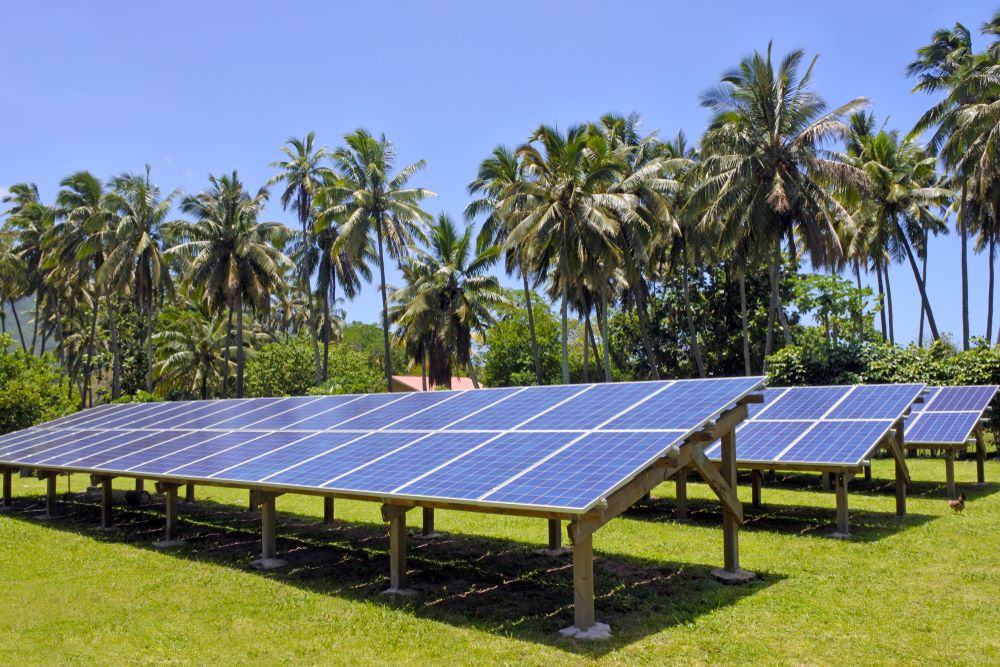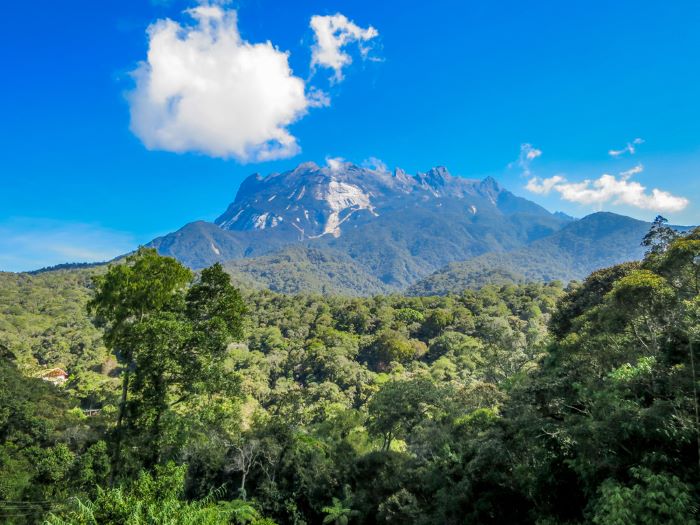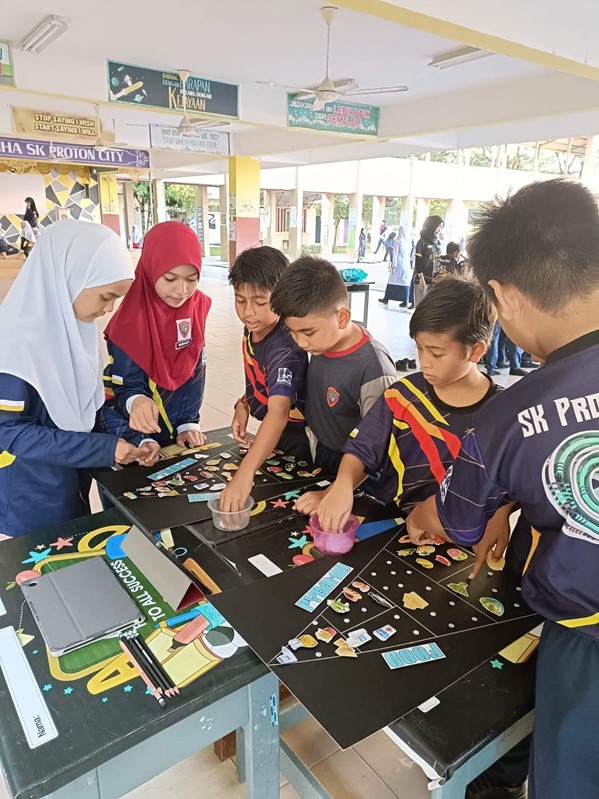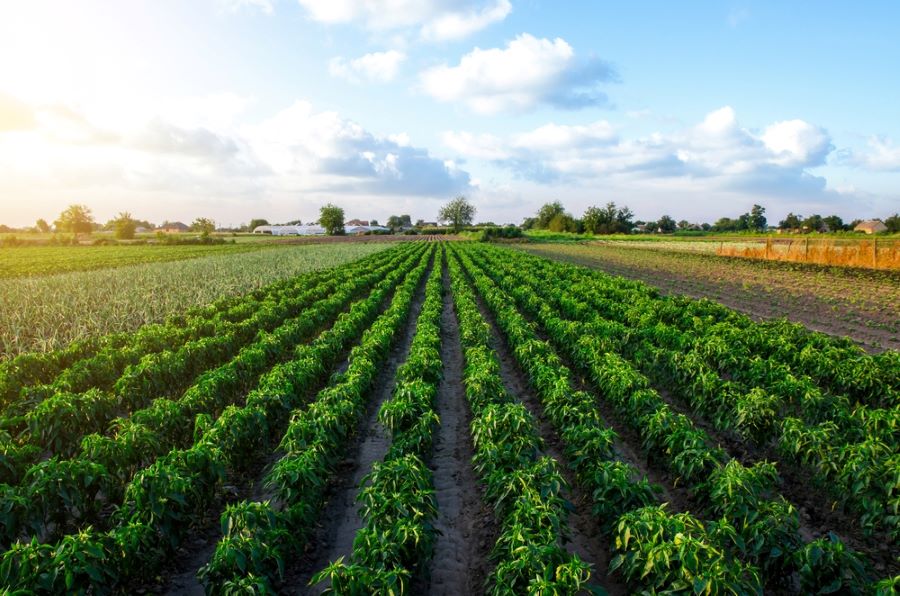Development in science and technology indicates the prosperity of human civilisation. Thanks to scientists, engineers and perhaps some anonymous heroes who act as path-breakers, we can live a convenient life now compared to our ancestors’ life. If the knowledge in science and the convenience brought by technology were armours, we, the 21st-century generation, are armed to the teeth! Let’s turn our focus on the term ‘tropics’. Tropics are defined as the regions of Earth surrounding the Equator. As an analogy, Malaysia is one of the countries in the tropics.
Moreover, the tropics are known for the wide range of biodiversity and well-balanced ecosystem. Since we mentioned ‘science and technology and ‘tropics’ earlier in this essay, there must be a subtle relationship between them. How can science and technology contribute to the development of the tropics?
First, we can use science and technology to develop the tropics by building solar power plants. Solar technologies turn light energy into electrical energy. This process can be done through photovoltaic (PV) panels or concentrating solar-thermal power system (CSP) that uses mirrors to reflect the sunlight onto receivers to produce heat energy, which will be converted into electrical energy. This statement can be proven according to the principle of conservation of energy. We all know that solar energy is a renewable source of energy, and it is environmentally friendly too.

As the tropics receive much more intense sunlight than the other regions in this world, solar panels can be used to generate electricity. However, the development in science and technology nowadays is far from fully utilising the light emitted by the sun. We believe that scientists are still working on how to minimise the energy loss to the surrounding during energy conservation. Although the ultimate efficiency of a solar panel to convert light energy into electrical energy is only around 20%, the amount of power produced is adequate for domestic uses.
Therefore, solar power plants can replace conventional plants that consume fossil fuels to generate electricity. The carbon footprint, also known as the total greenhouse gases produced by power plants to generate electricity in terms of carbon dioxide equivalent, can be significantly reduced. Alternatively, solar power plants can be combined with wind or hydroelectric power plants to increase electricity efficiency.
Besides that, we can apply science and technology in developing the tropics by establishing ex-situ and in-situ conservation centres. These conservation centres are meant to save threatened or endangered wildlife from illegal hunting, poaching, and deforestation and prevent biodiversity loss. Biodiversity means the variety of flora and fauna in a specific habitat. For instance, habitats like tropical rain forests, highlands and even morasses are suitable for certain species of animals and plants to survive. On top of that, the combination of these biotic and abiotic elements, which are animals, plants and habitat, forms an organised ecosystem.
In-situ conservation provides a natural habitat for wildlife, while ex-situ conservation provides artificial habitat for wildlife. These conservation strategies can create a protected and ideal home for wildlife. Let’s take an example. In Sabah, one of the states of Malaysia, the Sepilok Orang-utan Rehabilitation Centre in Sandakan is ex-situ conservation, while Kinabalu National Park is in-situ conservation. To ease the managers’ job, they can use drones, animal-like robots and closed-circuit television (CCTV) surveillance services to check and ensure that the wildlife lives in the best conditions.
Also, we can apply science and technology in the development of the tropics by applying genetic engineering. If we travel around the world and ask people about what is so special about the tropics, they might tell you about their passions and loves for tropical fruits. How can we talk about the tropics without including exotic tropical fruits? Well, the unique climates in the tropics are the key. More specifically, there are three basic types of tropical climates within the tropical climate group: tropical rainforest climate, tropical monsoon climate, and tropical wet or dry climate.
The tropical climate is always summer-like, with a relatively higher air humidity than other regions of the world; this eventually makes it a paradise of tropical fruits. As the saying goes, kill two birds with one stone, tropical fruits like durians, mangosteens, bananas, pineapples, jackfruits and rambutans are usually cheap and taste good! How can we increase the productivity of these tropical fruits? You guess it, genetic modification. Genetically modified fruits are produced through recombinant DNA technology. They are more robust and resistant to herbicide, disease and pests than their genetically unmodified cousins. This technology has overcome the food shortage, reduced the cost of fruit production and even increased the nutritional value of the fruits.
Many people say the emergence of genetic modification technology has broken the laws of nature. Nevertheless, there are still disadvantages and controversies about the application of this technology. The original species of tropical fruits would be an egg at the tip of a horn. Regarding human biology, transgenic fruits may cause some adverse effects on human health. That’s why some people prefer to take 100% organic fruits for their health.
All in all, science and technology genuinely speed up the development of the tropics. We shall appreciate every drop of sweat and tears by the pioneers along the odyssey of discovery in the field of science. Governments shall invest more resources to facilitate the development of the tropics while cooperating with neighbouring countries. Last but not least, we hope that the tropics will be developed in an eco-friendly way to mitigate global warming and inherit the beauty of nature to our descendants.
This essay was written by Joel Chew Sheng Cheng who is currently a student at SMJK Chung Hwa Tenom. His essay was selected as the 2nd place winner of English category of the 2022 Science for Youth Global Essay Competition held by the Mahathir Science Award Foundation. In this competition, participants were asked, “How can science and technology remedy the issues faced by tropical regions?”.







